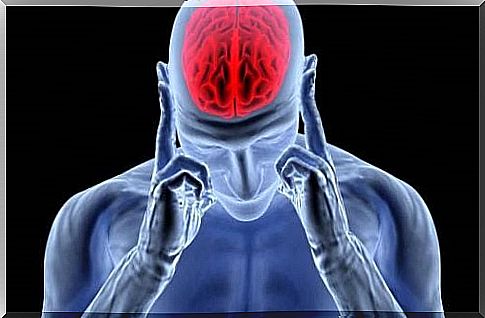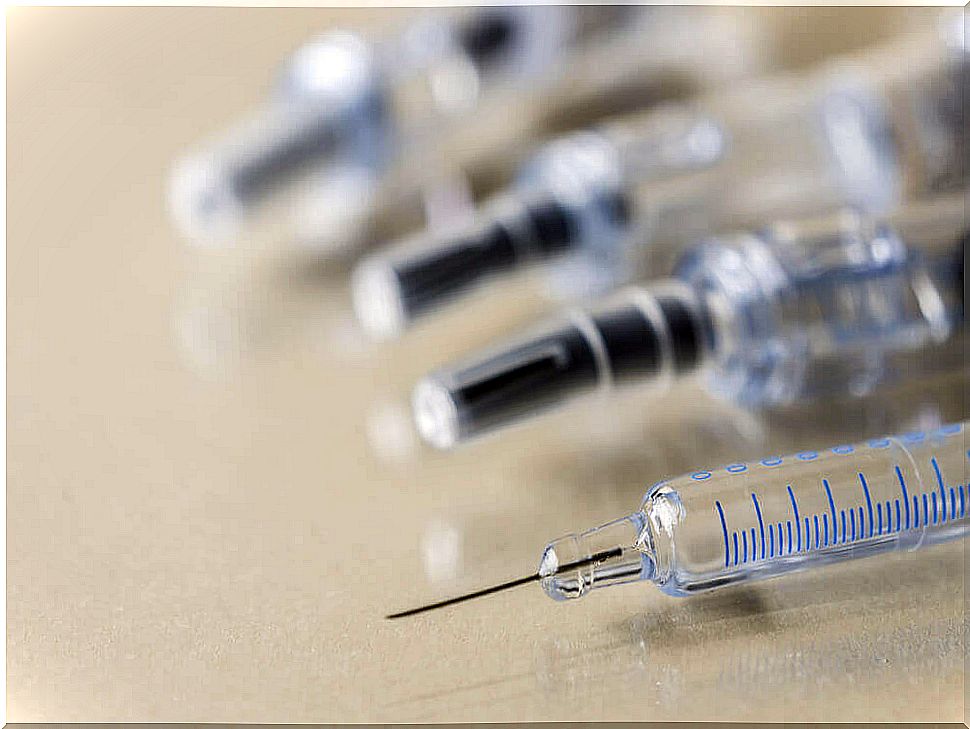What Is Norepinephrine And What Is It For?
Norepinephrine, also known as norepinephrine, is a neurotransmitter of the adrenergic response. It is a catecholamine that is synthesized in the body from the amino acid tyrosine.
This neurotransmitter is synthesized in the adrenal glands and in the postganglionic neurons of the sympathetic nervous system and in the central nervous system.
How does norepinephrine work on the body?

Norepinephrine binds to adrenergic receptors to trigger its action in the body. These can be grouped into two groups: α receptors (of which two subtypes are known: α1 and α2) and β adrenergic receptors, of which there are three subtypes.
When a person is in danger or under stress, the adrenergic response is activated. It consists of a normal response of the body in which the central nervous system sends a series of signals through the sympathetic nervous system to different organs.
In the renal glands, this system is capable of stimulating the synthesis and release of both epinephrine (adrenaline) and norepinephrine (norepinephrine) into the blood so that they are distributed throughout the body.
Normally, more adrenaline is released than norepinephrine, approximately in percentages of 80-20%. When they reach the different organs and bind to the corresponding receptors, a series of reactions are triggered that cause the characteristic effects of the activation of these receptors to occur.
Let’s take a look at the effects of norepinephrine on different organs next.
Physiological effects of norepinephrine in the body
Norepinephrine is released into the blood in order to be transported and reach different organs in order to trigger its effects. In the respiratory system, it will cause a dilation of the airways, in order to facilitate breathing in a stressful situation.
In the blood vessels it triggers a vasoconstriction and, in the heart, the characteristic increase in heart rate. These physiological effects are intended to increase the flow of oxygen and blood to the major muscle groups. This means that, faced with a situation of stress or danger, we are more prepared to react better.
In addition to the actions mentioned, norepinephrine also has effects on metabolism, since it affects both the secretion of insulin and the mobilization of fat. However, it also has more effects in this area, not just these two mentioned.
On the other hand, this neurotransmitter has important effects related to attention, alertness and the reward system in the brain. Due to these effects on the central nervous system, norepinephrine is considered a neurotransmitter and not a hormone, as is the case with adrenaline.
However, when it is released into the circulation and exerts its action on cells at a distance, it is acting as a hormone, but when it does so between two contiguous cells, it acts as a neurotransmitter.
Norepinephrine uses

Norepinephrine can be used to treat attention deficit hyperactivity disorder, depression, and hypotension.
Norepinephrine in attention deficit disorder
Along with dopamine, norepinephrine plays an important role in both people’s attention and concentration. For this reason, these patients are usually treated with psychostimulant medications, such as methylphenidate, to increase the levels of norepinephrine and dopamine in the brain and thus improve the clinical picture of this disorder.
Depression and norepinephrine
Serotonin reuptake inhibitor drugs or SSRIs that are not completely selective for this neurotransmitter also increase the amount of norepinephrine in the presynaptic space.
Studies indicate that these drugs also affect the transmission of dopamine. So if the norepinephrine transporter normally makes any dopamine molecule, then these drugs will also enhance dopamine transmission.
Thus, the antidepressant effects associated with increased norepinephrine levels may also be the result of a concurrent increase in dopamine.
Hypotension
Due to its powerful vasoconstrictive action, norepinephrine is indicated in patients at critical risk of hypotension. To do this, it is administered intravenously. Responsible for triggering these effects is the activation of α 1 and α 2 receptors.
Conclution
Norepinephrine, also known as norepinephrine, is a neurotransmitter that is released, especially when we are in a situation of stress or danger. It has the same effects as adrenaline but mainly at the central level ; therefore, it is considered as a neurotransmitter and not as a hormone.









